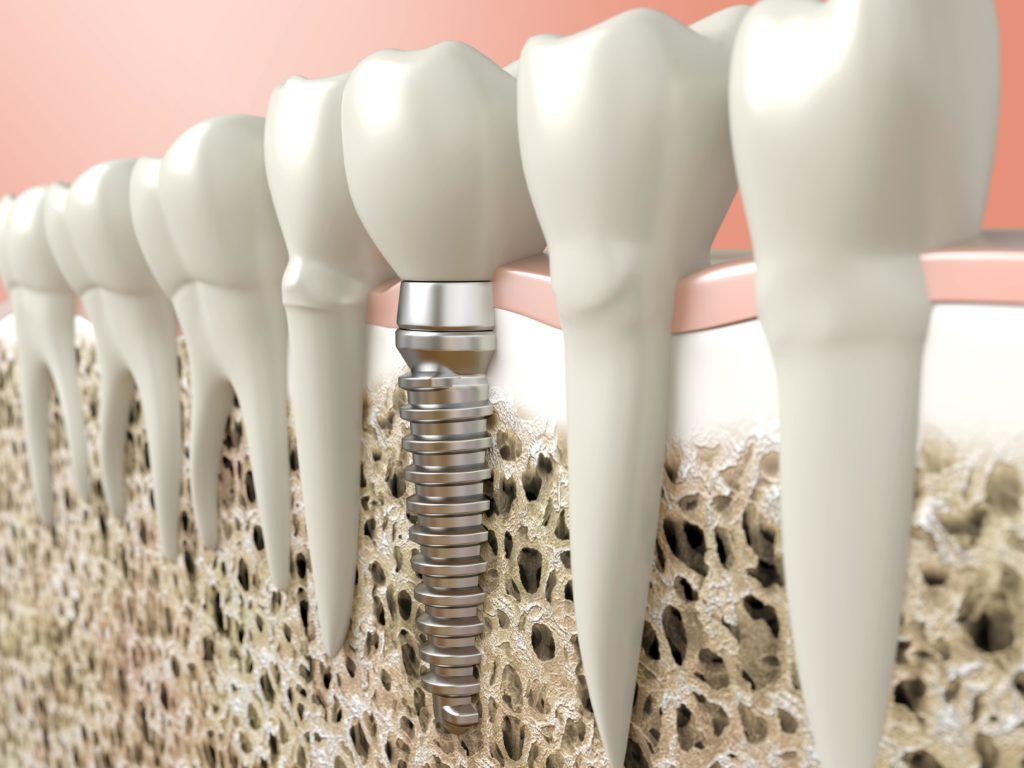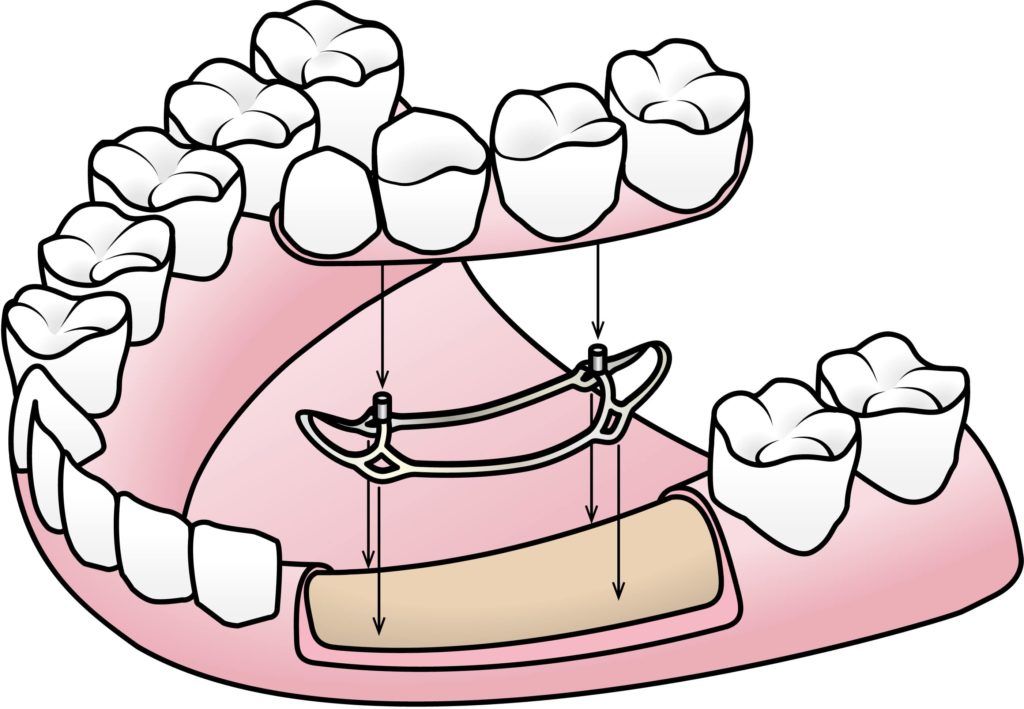10 Facts About Dental Implants Part I

Did you know that a single implant-supported dental crown is the most commonly restorative procedure performed? In fact, according to the American College of Prosthodontics, around 2.3 million implant-supported crowns are fabricated every year. With such a large number of Americans optioning for implant-supported crowns, it makes one wonder what the appeal is.
Recently, there has been a shift in restorative and cosmetic dentistry that has moved towards recommending dental implants as one of the best restorative dental treatments. With an increase in dental implant procedures, it is beneficial to become accustomed to the world of dental implantology. To introduce this world, here are ten facts about dental implants:


There are Different Types
Dental implants are available as endosteal or subperiosteal implants. Endosteal implants are the most commonly used type of dental implant and are implanted into the jawbone. Subperiosteal implants, on the other hand, are placed on top of the jawbone, just underneath the gum line. Because subperiosteal implants are not as strong as endosteal implants, they are rarely used. However, there are some cases where subperiosteal implants may be beneficial.

They Come in Different Sizes
Just as there are different types of dental implants, there are also different sizes. Dental implants come in three sizes: standard, wide, and mini. Standard dental implants are the most commonly used since they work for most patients. Wide dental implants are thicker in diameter and are often used when dental implants are placed towards the back of the mouth. Mini dental implants, also known as narrow dental implants or MDIs, are narrower in diameter than standard dental implants. MDIs are commonly used in tight spaces or in patients with less bone mass.


Their Structure Can Vary
The type and size of dental implants ultimately determine how the implant is constructed. The most common structure is that of the traditional dental implant. Traditional dental implants are standard or wide sized endosteal implants composed of an implant screw, connector piece, and dental prosthesis. Mini dental implants vary from this structure slightly and are only composed of an implant screw with a built in connector and a dental prosthesis. Subperiosteal implants have an entirely different structure because they are not placed in the jawbone. Instead of an implant screw, subperiosteal implants use a metal framework for stabilization.

Can Be Placed in 1-2 Appointments
Depending on the treatment plan, dental implants can easily be placed at a dental practice in 1-2 dental appointments. In most cases, the first appointment consists of placing the implant screw into the jawbone. Once the implant site has healed, the second appointment is then used to attach the dental prosthesis. In some cases, the implant screw and dental prosthesis are placed in a single dental appointment. This is known as immediate load dental implants or teeth in a day implants. For more information about the dental implant procedure, see “How to Prepare for the Dental Implant Procedure”.

They Are Long-Lasting and Durable
Out of all the various methods for tooth restoration, dental implants offer the most strength and last the longest. Their strength comes from their ability to fuse with the surrounding bone. This is also why they last longer than other restoration methods. On average, dental implants can last 10-15 years and some have even been found to last about 20 years.
Join us next week for Part II of “10 Facts About Dental Implants”

Dr. John Batlle attended the UF College of Dentistry where he received his Doctor of Dental Medicine degree in 1983. After graduating, he worked for the State of Florida and received his commission in the Navy Reserve Dental Corps. He was deployed to Guantanamo Bay, Cuba in 2002 where he served as the dentist for Detainee Operations and Navy Hospital GTMO. He recently retired from the U.S. Navy Reserve after 26 years of service.

